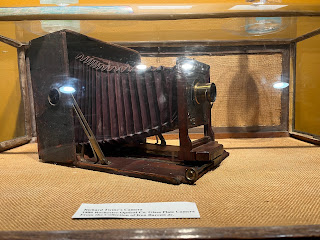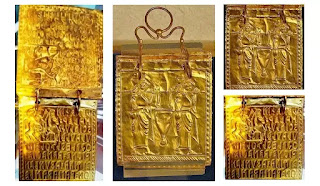Saint Augustine, Florida
February 24th, 2022
The Tolomato Cemetery is the oldest European-founded city in the United States and has been used as a cemetery from the 18th century until 1884. During the first Spanish period, before 1763, this site was occupied by the Christian Indian village of Tolomato. This village was then abandoned when Great Britain acquired Florida. In 1777 Father Pedro Camps, pastor of the Minorcan colonist, who had come to St. Augustine after the failure of Andrew Turnbull's settlement at New Smyrna, obtained permission from Governor Patrick Tonyn to establish this cemetery for his parishioners.
Tolomato Cemetery Informational Link
Here lies a vital plaque to commemorate citizens in past Saint Augustine. It strikingly is hidden behind a memorial of a well-known reverend. It states, "Unknown St. Augustine citizens reinterred from the site of the 16th-century parish church of Nuestra Señora De Los Remedios."
On behalf of white settlers who wanted to grow cotton on the Indians' land, the federal government forced them to vacate their homelands and walk hundreds of miles to a specific land area designated "Indian Territory." The Indians owned valuable land, and the white settlers yearned to make fortunes by growing cotton. They resorted to violence to take the lands desired from their indigenous neighbors. I chose to use this heartbreaking story because it reminds me of all the unmarked and walked-over graves of the indigenous in Saint Augustine. I had the same feeling and reaction when I learned about the trail of tears and the unmarked and walked over graves; deeply saddened and was slightly offended.
This is a digital art piece that my friend Felix and I created together. We traded this drawing back and forth, depicting a native with a snake and wolf stemming from a deep conversation about our culture and ethnicity.
My literary component comes from the collection of poems, Lukao, written by Craig Santos Perez. "In Chamorro birthing practices, a pattera (Midwife) and a surahana (healer) guided the pregnant mother. They offered amot (medicine) and lasa (massage). Family provided food, such as fresh chicken soup and eggs. Most families paid in meat and produce from their farms. After delivery, the was cleaned and massaged with coconut oil. The apuya' (umbilical cord) and pares (placenta) were buried beneath or near the house because Chamorros believe that doing so would keep children close to home throughout their lives. "(pg.21). The excerpt I choose to discuss is one of the sections Craig Santos Perez decided to strike through. The idea of strike through is the indication of deletion of error or obsolete information. This is seen in the collection of poems, Guam's history re-written through colonized lenses, becoming obsolete. This is imperative to my past conversation piece about the trail of tears. The action of colonization has taken away so many lives, cultures, and experiences.





























